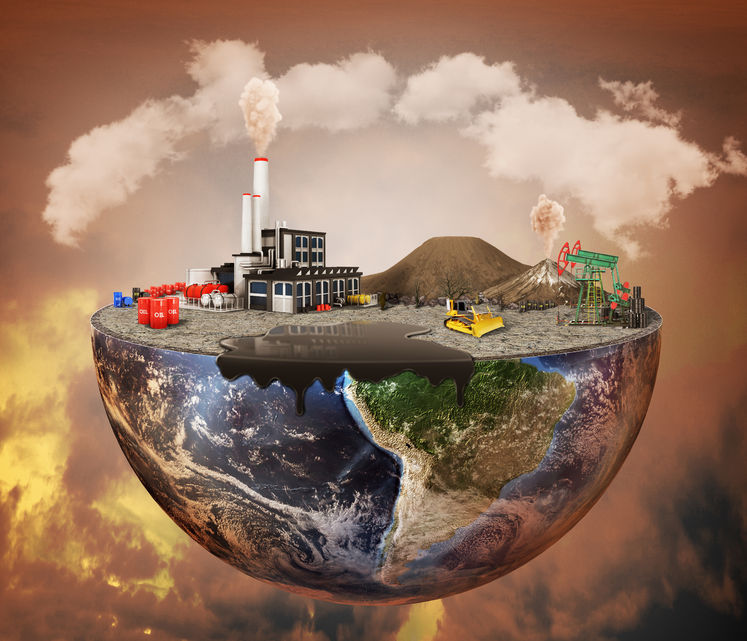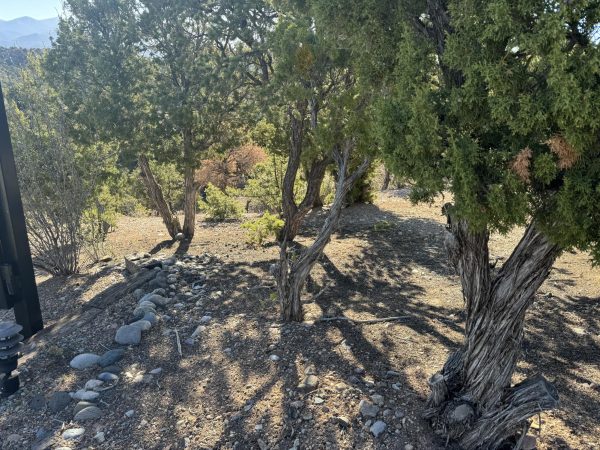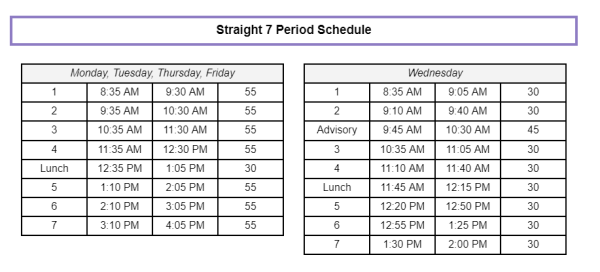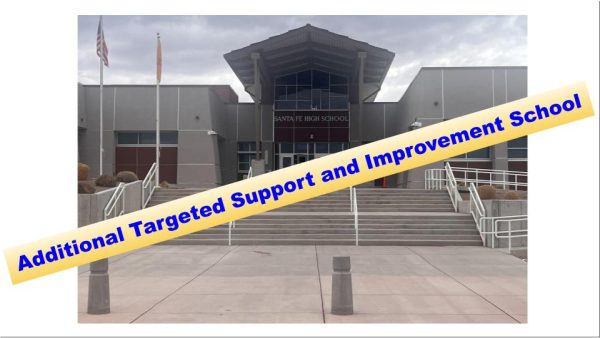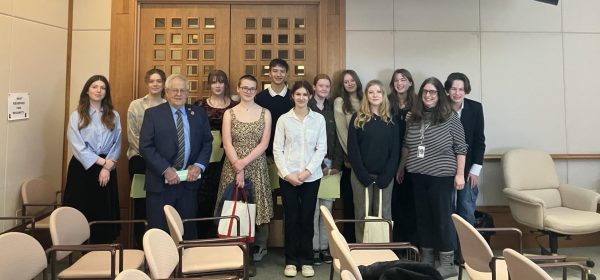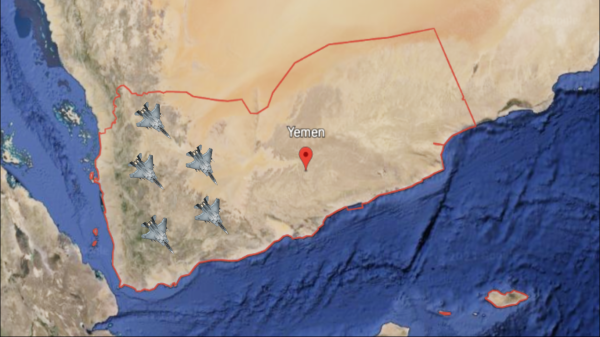A New Home or a New Life?
May 16, 2017
It is well known that the Earth is running out of resources and that if humanity keeps growing at the present rate, the planet could become unable to sustain life.
There are a few ways of facing this problem: One is to try to preserve the Earth and maximize its remaining resources; another is to find other planets with similar conditions to Earth and develop a means to get there. Both solutions have pros and cons, and neither are going to happen overnight. So, which is the best option?
In November of last year, Stephen Hawking had said that humanity has 1,000 years left on Earth, but just recently he cut that estimate down to 100 years.
On the other end of the spectrum from resources is the problem of waste. Alina Bradford, on the website Live Science, states that Americans produce about 250 million tons of garbage a year, which pollutes the planet at an alarming rate and may lead to the Earth becoming uninhabitable.
Small efforts to preserve the Earth can have big results. For example, simply replacing old incandescent light bulbs with compact fluorescent light bulbs can save money and energy. If every household in the United States used CFL light bulbs, it could prevent up to 13 billion pounds of carbon dioxide from entering the atmosphere, according to Live Science. To put this into perspective, that is the equivalent of taking more than a million cars off the road for one year.
People can also drive less and watch what they consume. Driving a hybrid, walking, taking the bus, or carpooling one day a week can make a big difference. And watching what one consumes doesn’t mean to stop buying altogether, but rather to buy only what is needed and to buy locally because products that travel long distances release tons of carbon in transit.
Others are proposing a different solution to the same problem: Find an Earth-like planet and inhabit it. As the technology used to find these planets and the technology for long distance space travel improves, this option is looking more likely, but it is still not a reality.
NASA recently announced the discovery of an Earth-like planet, Kepler-186f. It is slightly bigger than Earth, is most likely rocky, and is within the “habitable zone.” The habitable zone is an appropriate distance from the sun and pools of water will form on the surface like oceans, thus proving that the planet is the right temperature to sustain life. Much about the planet is still unknown, such as its density, surface composition, and atmosphere, but as technology improves, those questions will soon be answered.
Space travel is also improving, and soon instead of just being able to reach the moon and adjacent planets, we might be able to reach the outskirts of the solar system. NASA has also discovered a “space freeway,” where two gravitational forces cancel each other out, thus creating a low-resistance “tube.” A spacecraft can travel through this “tube” while using little to no fuel, making future space missions more cost efficient. This “freeway” could make it easier to reach outer planets in our solar system, and as the low-pressure zones are further mapped out, space travel could soon be endless.
Stephen Hawking said, “The only way to survive? We need to change planets, and fast. A lot could happen in 100 years, and we’ve proven that we’re capable of discovering and developing many things within a century.”


